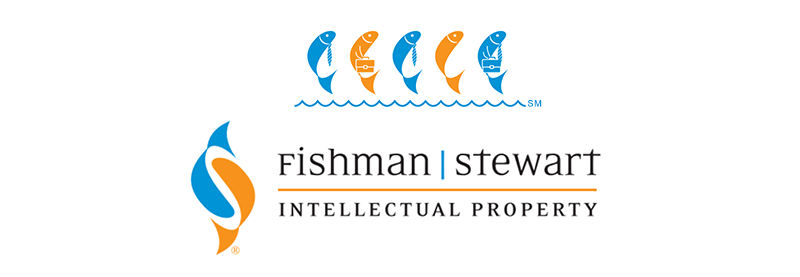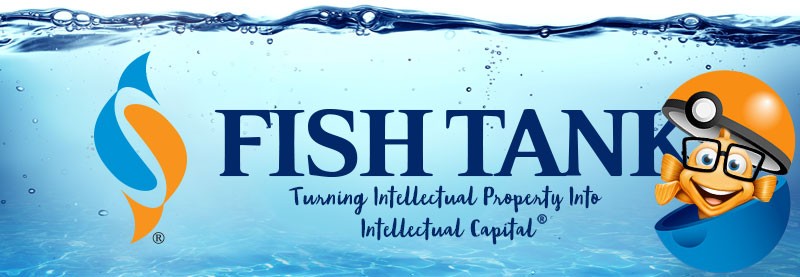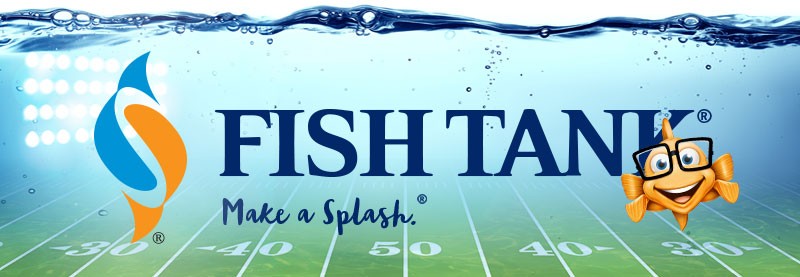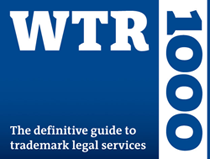Intellectual Property Insights from Fishman Stewart
Mini Article – Volume 23, Issue 12
Share on Social
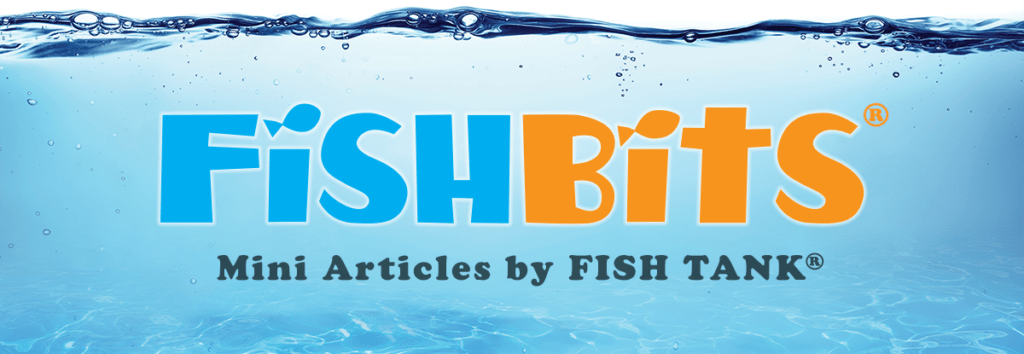
Copyright and Fireworks
By Kristyn Webb
According to the US Copyright Office, a fireworks display is not eligible for copyright protection, but a photograph of a fireworks display may be protected. Under US copyright law, to receive protection, a work must be “fixed” which means that a work must be expressed or embodied in a material medium that lasts for more than a transitory period.
This means that a song you compose in your head and sing aloud would not be subject to copyright protection unless you write it down or record your performance and thus “fix” it. Ironically, if someone else recorded your performance—without your consent—and thus “fixed” it, that person may be liable to you for copyright infringement. However, this only applies in cases of musical performances. This is not the case with fireworks, where an unauthorized photograph would “fix” an otherwise “unfixed” fireworks display and give the person lighting the fuse a claim of copyright infringement against the person clicking the shutter button.
In France, however, copyright law does protect a fireworks display. In a court case from 1992, the French Supreme Court (the Cour de Cassation) held that a fireworks display with lighting effects from projectors was protected by copyright law, and the unauthorized sale of postcards showing a photograph of the fireworks display infringed the show designer’s copyright.
So, if you are a globetrotting fireworks tourist, check your local laws before taking any unauthorized photos or videos! And for insight into fireworks technology and patents, check out this Fish Tank article by Paul Ratzmann!
Kristyn Webb is the Group Leader of Fishman Stewart’s Copyright Practice Group, and is currently earning a Master’s Degree in Copyright Law at King’s College London.

Published June 30, 2023
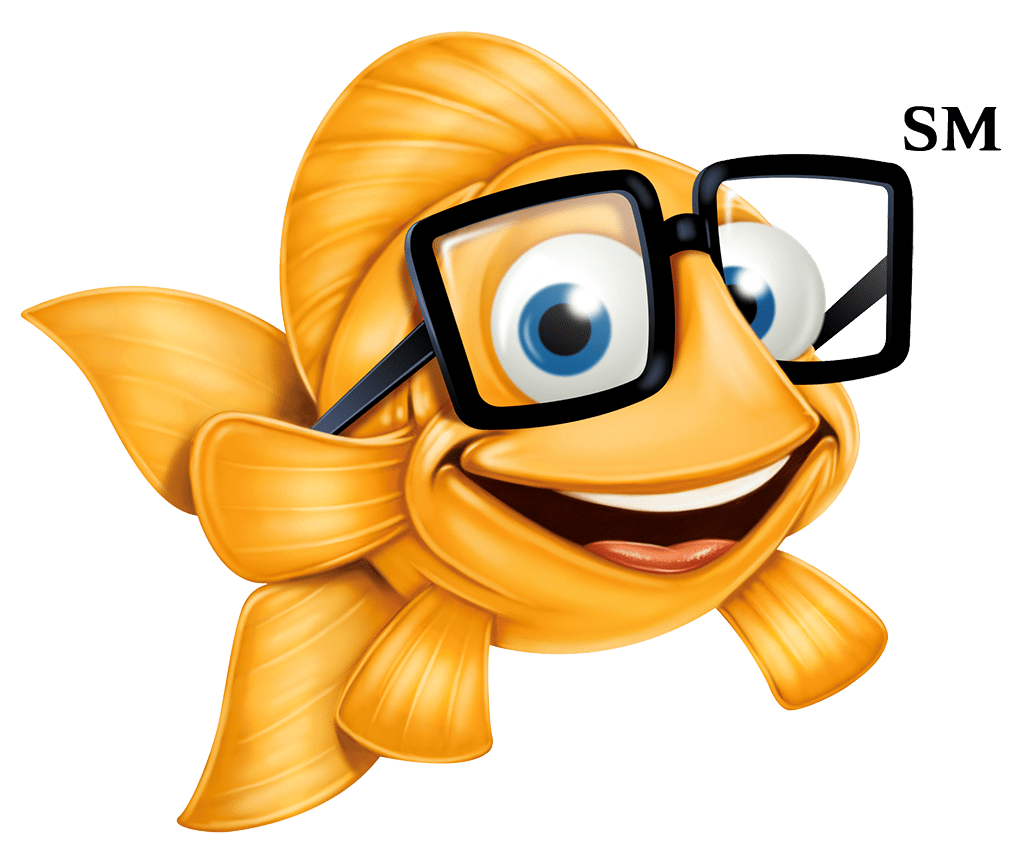

Related Content from Fishman Stewart
In a recent decision, the U.S. Court of Appeal for the Eighth Circuit affirmed a jury verdict holding that the use of the "Success Kid" meme by a congressman's reelection campaign for fundraising purposes did not qualify as fair use.
In February 2024, proposed legislation was introduced in US House of Representatives which would extend copyright protection to golf courses. The bill is titled “Bolstering Intellectual Rights against Digital Infringement Enhancement Act” or the “BIRDIE Act”.
June is Pride Month, which honors the 1969 Stonewall Uprising in Manhattan and recognizes the impact that lesbian, gay, bisexual, and transgender (LGBTQ+) individuals have had on history locally, nationally, and internationally. The United States Patent and Trademark Office flies the Pride Flag and promotes the Pride community’s contributions with programming offered annually.
June is Pride Month. This year we are celebrating with some IP tips for drag performers! Drag performers can protect their intellectual property by registering the copyrights in their original works of music, choreography, and comedy sketches.
You’re rarely more than a few yards from Finny’s favorite chips, semiconductor chips to be precise. But what exactly is a semiconductor chip?
"May the 4th Be With You," also known as Star Wars Day, takes place annually on May 4th. The phrase is a pun on the iconic Star Wars catchphrase "May the Force be with you."
First, a big “thank you” to all our readers who have given feedback on our newsletter. We appreciate your interest and insights. It is always a treat to hear from you! Second, we wanted to provide you with updates on some of our most popular articles
“Palworld”— a computer game created and published by Japanese developer Pocket Pair. Released as an early access game in January 2024, it sold over seven million copies on the computer platform Steam in the first five days and had nearly 20 million players in the first two weeks.
This year’s Super Bowl featured a thrilling overtime victory for the Kansas City Chiefs over the San Francisco 49ers. With estimates as high as 123 million viewers, America's premier sporting event also serves as a grand stage for creativity and intellectual property protections that enhance the game’s success.
Valentine’s Day is just around the corner and jewelry sales are usually around $6 billion USD in the United States alone. In 2021, the US Customs and Border Protection agency seized over $1 billion USD worth of counterfeit pieces of jewelry.
IDENTIFYING, SECURING AND ADVANCING CREATIVITY®
